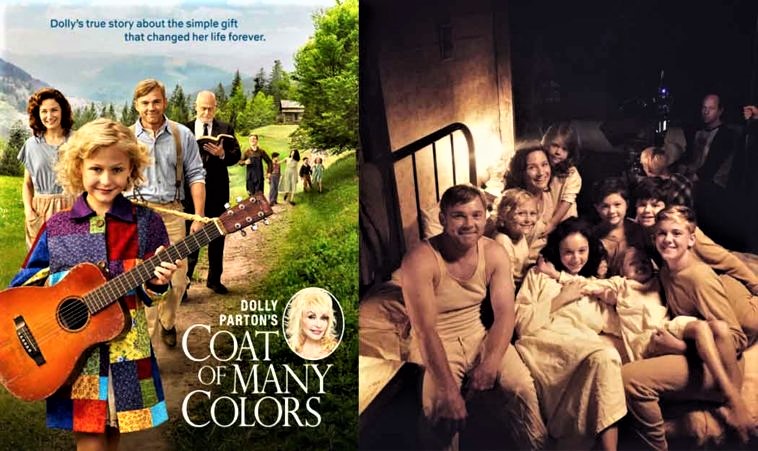
About the Song
Few artists possess the ability to weave a tapestry of personal experience into such a universally relatable narrative as Dolly Parton. Her song “Coat of Many Colors” is a testament to this singular talent, transcending generations and resonating with anyone who has ever felt ostracized or undervalued.
More than just a song, “Coat of Many Colors” has blossomed into a multimedia phenomenon. Its roots lie in a poignant childhood memory, brought to life by Parton’s mother’s loving creation of a patchwork coat out of necessity. This act of selfless love, however, became a source of ridicule for the young Parton, highlighting the cruel nature of childhood taunts.
Yet, Parton’s song transcends the initial sting of humiliation. It celebrates the transformative power of love, reminding us that true wealth lies not in material possessions but in the bonds that bind us. “Coat of Many Colors” becomes a paean to resilience, urging us to find strength and pride within ourselves, regardless of external judgment.
The song’s impact extends far beyond its lyrics. A made-for-TV film, a children’s book, and countless covers have cemented its place in popular culture. However, witnessing Parton perform “Coat of Many Colors” live remains an unmatched experience. Her heartfelt rendition transports us back to that vulnerable child’s perspective, reminding us of the profound impact even the smallest acts of kindness can have.
It’s no exaggeration to say that “Coat of Many Colors” could have been Parton’s sole contribution and still secured her a lasting legacy. The song’s raw emotion, penned on the back of a dry-cleaning receipt – a testament to its spontaneous genesis – encapsulates the essence of Parton’s artistry: the ability to translate personal experiences into universal truths that resonate with audiences across generations.
So, whether you’re drawn to the song’s catchy melody, poignant lyrics, or the powerful message it conveys, “Coat of Many Colors” remains a timeless treasure. It’s a reminder that true riches reside not in material possessions, but in the love and acceptance that we find within ourselves and within the tapestry of human connection.